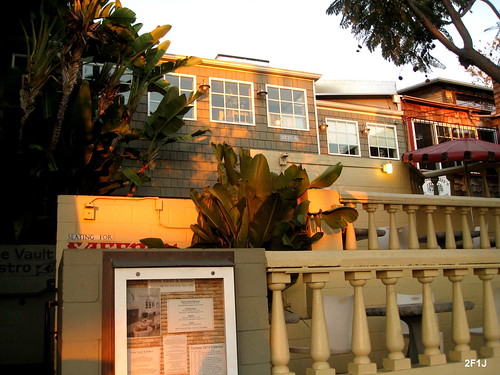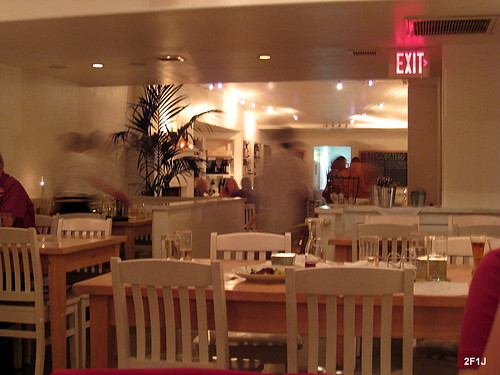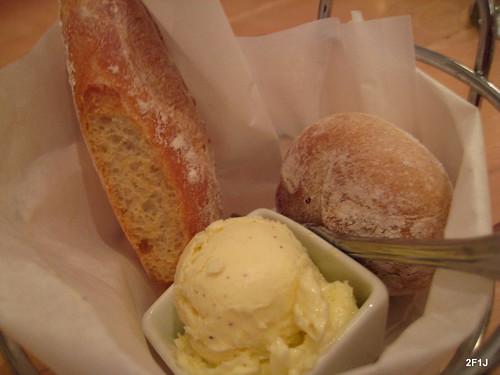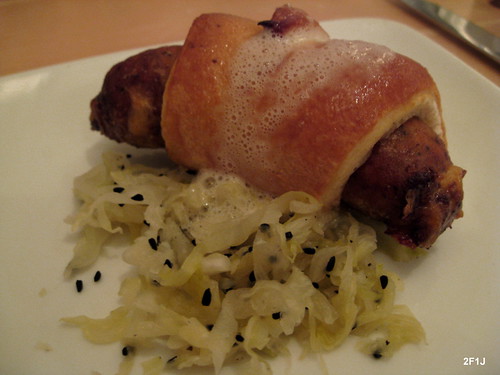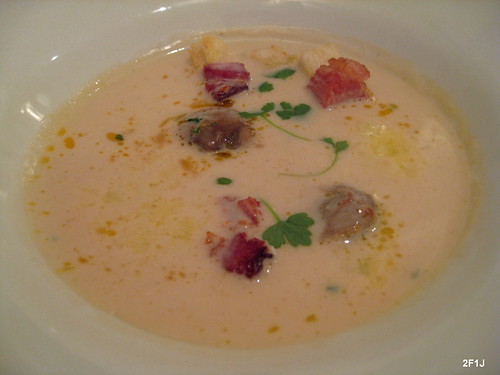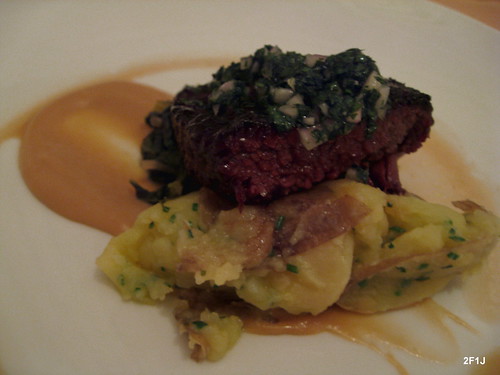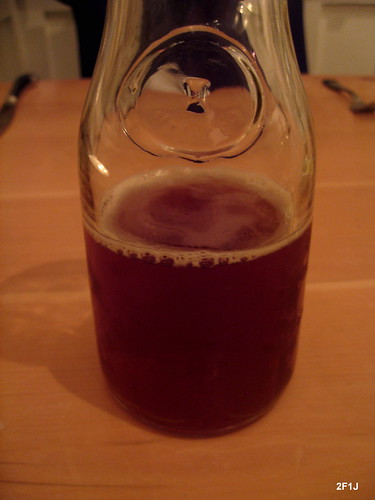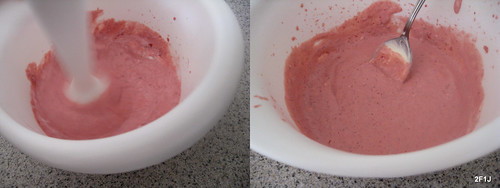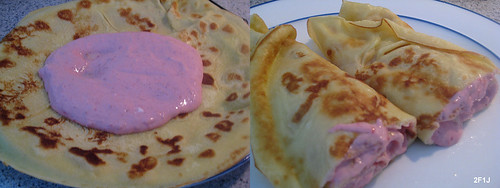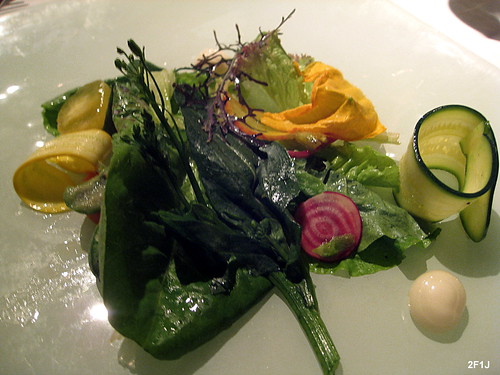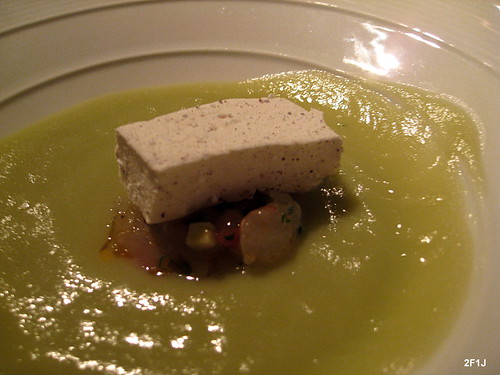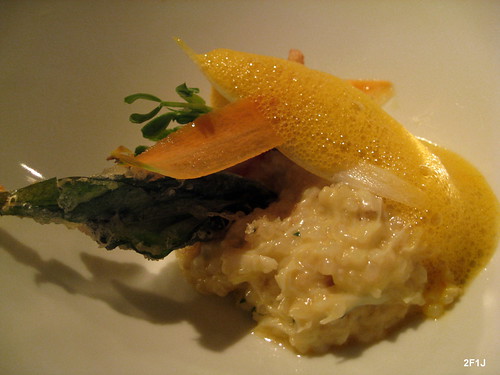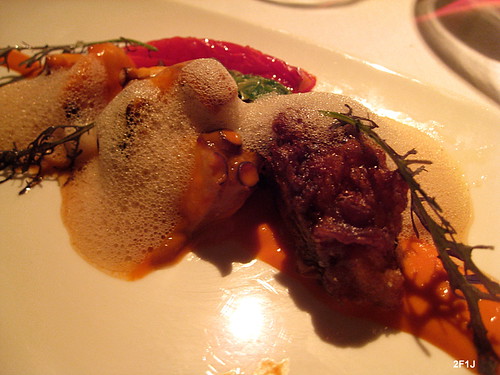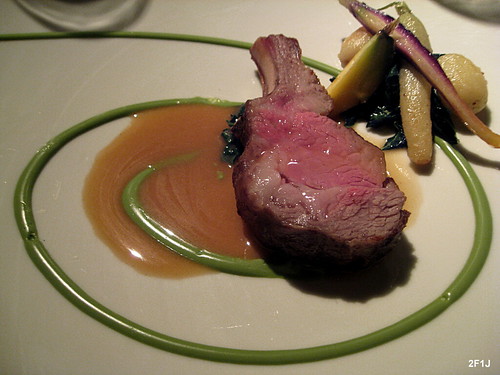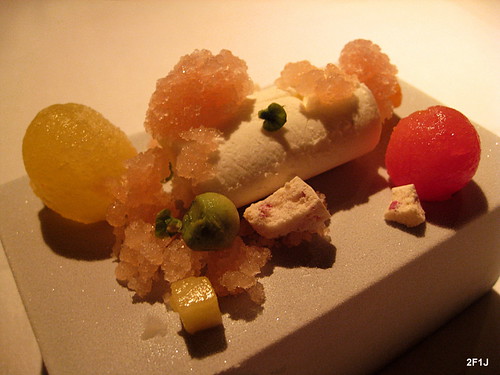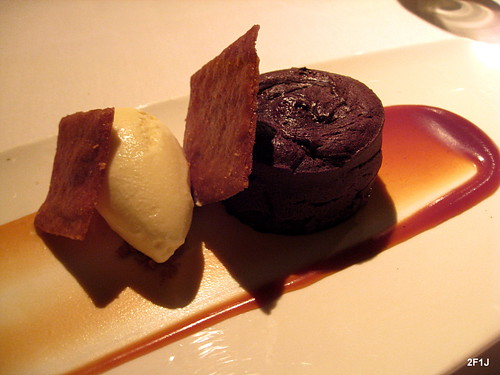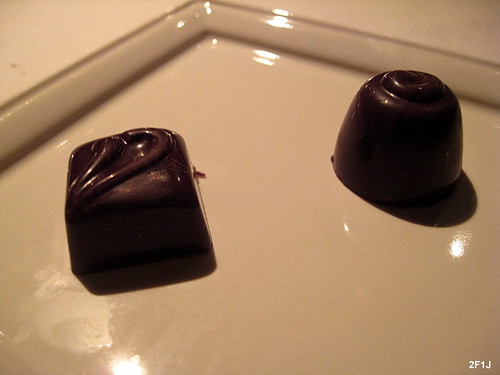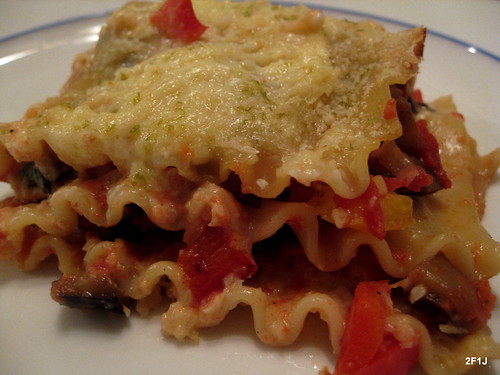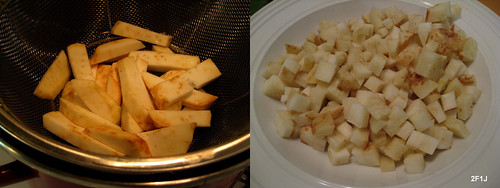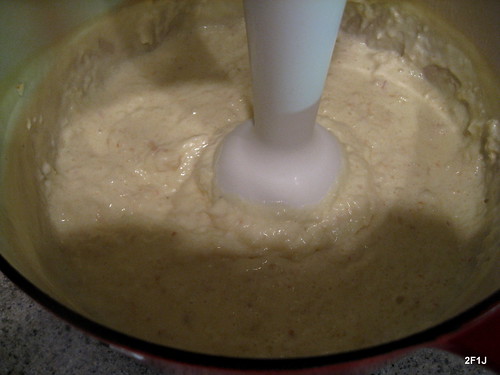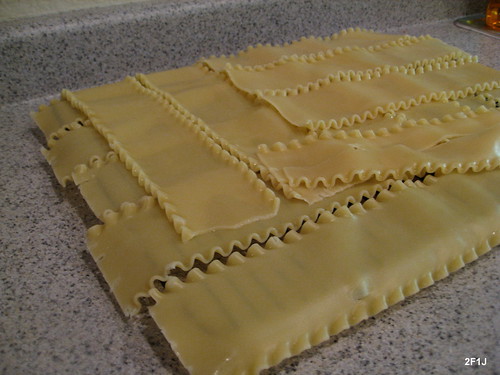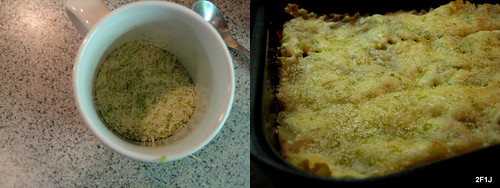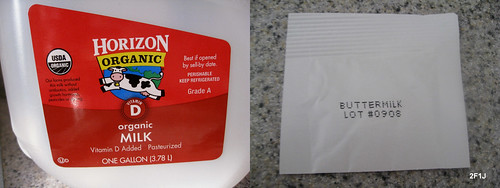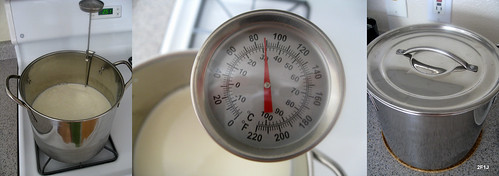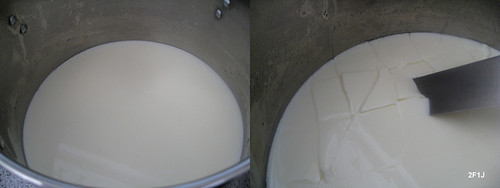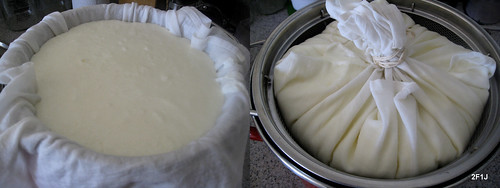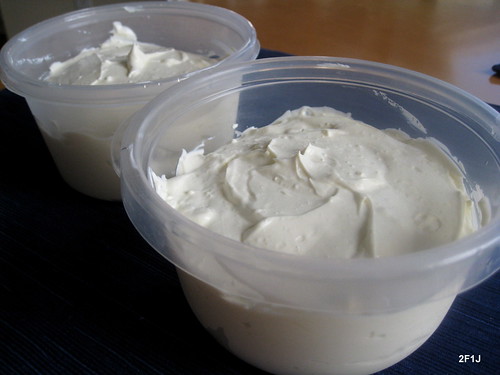Asking San Diegans what three things they associate most with Germany, many are likely to answer: cars, beer and Oktoberfest. We can agree with the first two items as parts of the image Germany has abroad, but to us Oktoberfest illustrates some of the worst stereotypes about Germany. If you ask Germans, especially outside of Bavaria, about Oktoberfest most of them will just shake their heads and couldn’t care less about it. Every time during Oktoberfest many television channels will air a few documentaries and interviews from Oktoberfest and it will remind everybody what Oktoberfest is about – to squeeze as much money out of visitors as possible, and for the visitors to wear strange clothes that no German would touch (except for Bavarians who are a little bit special in that regard), singing to the most horrible country music and to drink themselves senseless and act like complete idiots. So every time somebody asks us if we are interested to visit one of the Oktoberfest incarnations in San Diego we usually tell them that we prefer to pass.
When we first heard about the Oktoberfest Dinner at Wine Vault we were initially skeptical what it was all about and if it would have any “features” of the original one but the more we looked into it the more we got interested. We liked and have visited Wine Vault several times and enjoyed the Chef’s five-course tasting menu on Saturdays with many interesting dishes and good wine pairings. The Oktoberfest dinner appeared to be an interesting variation on the Wine Vault tasting menus with a slight twist towards Oktoberfest influenced dishes with, most importantly, some good German beer.
When we lived in Germany our preferred style of beers were mainly Pilsner and Hefeweizen. Both styles are the most popular beer styles throughout Germany. San Diego has become one of the beer capitols of the world but many breweries tend towards hoppy ales which was quite a change for us, and it took some time to adapt to it but by now we even often tend to prefer these ales over a Pilsner. But still we crave from time to time to have a nice Pilsner or Hefeweizen and so the Oktoberfest dinner was a perfect chance to combine great beer with good food.
Wine Vault is located on India Street close by to Gelato Vero, Saffron and Shakespeare Pub in a rather nondescript building elevated from the street.
Due to the hidden location a number of signs are placed close by.
Wine Vault has two main seating areas – A covered patio which is very nice in the summer but can be a bit chilly later in the year. This time we were seated inside in the stretched main dining room. The interior is quite spartan with the wooden chairs and tables but not uncomfortable.
The bread service was very good with what tasted like housemade bread.
1st Course: Knight’s salumi sausage, housemade pretzel, sauerkraut, whole grain mustard froth.
Nice sausage from Knight salumi which was filled with Gouda cheese. The sausage was encased by a tasty dough even though it wasn’t the promised pretzel but reminded us more on what is called in Germany as a Stockbrot. The mustard froth was a nice idea to add some spicyness to the dish though it could have been more pronounced. The disappointment of the dish was the sauerkraut. Good sauerkraut should be very mild in taste, hardly sour and braised for a very long time. Unfortunately this version was what you get in most restaurants in the US - overly sour, not long enough braised and tasted like the stuff you get in glasses in the supermarket. The only really good sauerkraut we ever tasted in San Diego can be found at the Linkery.
Paulaner Munich Lager: Classical lager with golden color and traditional light, hoppy finish. It paired nicely with the sausage without overpowering it.
2nd Course: “Clam Chowder”, braised bacon, marinated clams, celery, harissa oil, crispy sourdough. This was not a classical clam chowder and had a more intense, briny flavor but was at the same time much lighter. The base of the clam chowder was a homemade clam broth where the other ingredients were prepared separately and added just at the very end. The harissa oil gave a subtle spicyness to the dish.
Paulaner Pilsner: Overall a quite similar beer to the lager before but with a stronger hoppy finish. The beer had a crisp and dry flavor which went along nicely with the clam broth.
3rd Course: Confit of prawns, brandade cake, brussels sprouts, preserved lemon, wild arugula.
Perfectly tender prawns with a sweet, fresh taste paired with brussels sprouts and brandade cake. The brussels sprouts were finely chopped after the cooking which eliminated their inherent bitterness and resulted in smooth and mild texture. The brandade, a mixture of salt cod, olive oil and potatoes was a fitting starchy foundation of the dish but the salt cod could have been more pronounced as it was hardly detectable. The lemon flavor was a good link to the paired beer.
Paulaner Hefe-Weizen: Classic Bavarian wheat beer with a crisp but also fruity taste. Wheat beers are often drunk with some drops of freshly sequeezed lemon which was replaced here by the preserved lemon of the dish.
4th Course: Roasted pork belly, olive oil potato puree, green apples, micro chives.
Pork belly is very popular in Germany so it is not unlikely to find such a dish on Oktoberfest. The pork belly was roasted and had a similar consistency to braised pork belly. The meat was sprinkled with sea salt which made some bites too salty. The richness of the pork belly was counterbalanced by some fruitiness of the apples – presented as apple slices and apple puree. The use of olive oil instead of butter for the potato puree intensified this fruitiness and also resulted in a smoother puree.
Paulaner Oktoberfest: Bavarian Maerzen style beer with a good balance between the sweetness of malt and the bitterness of the hops. This meat course required a stronger tasting beer which could stand up against the heftiness of the pork belly.
5th Course: Braised short ribs, soubise, crushed potatoes, braised mustard greens, gremolata.
Rather classical dish of fork tender meat with braised greens and potatoes. What set this dish apart was the use of soubise,a bechamel based sauce with pureed onions, and gremolata. Both added some variety to the dish by the sweetness of the onions and the tartness of the lemon in the gremolata.
Paulaner Salvator Double Bock: Very rich, malty beer with some chocolaty aftertaste. The boldest beer of the night was fittingly paired with the last meat course and had no problem to hold up against the different flavors of the dish.
Dessert: Housemade Valrhona chocolate truffles.
The regular dinner didn’t include any dessert but we wanted to end the night with a sweet finish and ordered some of their homemade chocolate truffles. The truffles tasted homemade as they had a good balance between the different filling and the chocolate without overpowering each other. The five truffles had fillings of Whiskey, peanut, ginger, Grand Marnier and hazelnut.
We had many good meals at Wine Vault before and this Oktoberfest dinner was no exception. Wine Vault has found its niche of bistro-style food with sprinkles of fine dining creativity and a strong emphasis on paired tasting menus. The kitchen consistently showcases high quality dishes, with the only exception of the underwhelming sauerkraut that night, using interesting flavor combinations. Their wine pairings are often thoughtful and we particularly liked the beer pairings during the Oktoberfest dinner. The service was less personal than normal but that was understandable as much more coordination is necessary to serve the same course to a fully occupied restaurant at the same time. The only major complain for us was that Wine Vault didn’t replace any glasses between the courses. Even though the beers progressed throughout the nights towards stronger tasting ones we still could taste the previous beers. For a restaurant that is strongly focused on wine/beer pairings it should be obvious to provide the best way to enjoy such pairings. A nice add-on to the dinner were the introductory explanation of Chad Heath from Stone Brewery before each course. Stone Brewery is one of the importers of Paulaner beer in the US and it was enjoyable to get some more information about each paired beer from him.
Overall the Oktoberfest dinner not only supported our notion that Wine Vault is a good place for a relaxing, interesting dinner in San Diego but perhaps even more importantly that it is worth looking more often after these special wine/beer dinners at some of our favorite restaurants as they often provide a great opportunity for a unique night. After our recent Fort Rose winery dinner at Café Chloe this Oktoberfest dinner was another great example.
